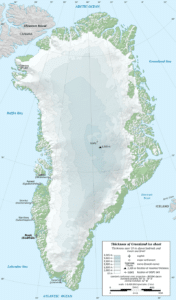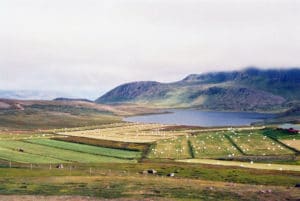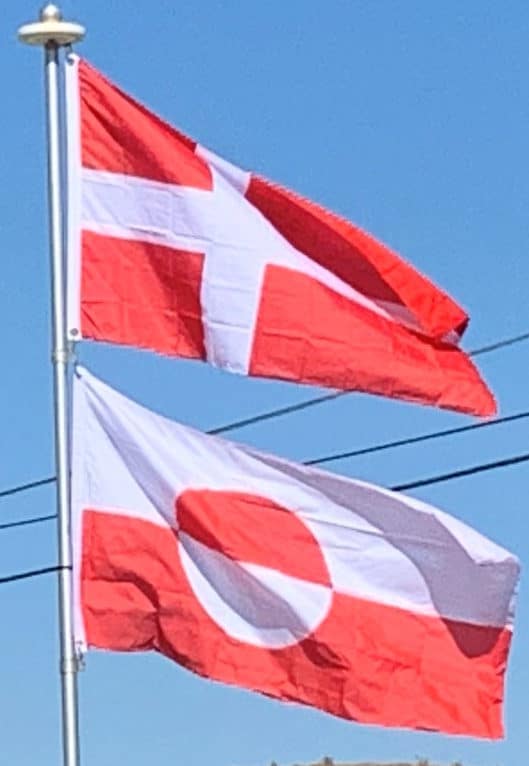
In 1979, Denmark granted home rule to Greenland, and in 2008, Greenlanders voted in favor of the Self-Government Act, which transferred more power from the Danish government to the local Greenlandic government. Under the new structure, in effect since 21 June 2009, Greenland can gradually assume responsibility for policing, judicial system, company law, accounting, and auditing; mineral resource activities; aviation; law of legal capacity, family law and succession law; aliens and border controls; the working environment; and financial regulation and supervision, while the Danish government retains control of foreign affairs and defense. It also retains control of monetary policy, providing an initial annual subsidy of DKK 3.4 billion, which is planned to diminish gradually over time. Greenland expects to grow its economy based on increased income from the extraction of natural resources. The capital, Nuuk, held the 2016 Arctic Winter Games. At 70%, Greenland has one of the highest shares of renewable energy in the world, mostly coming from hydropower.
Etymology:
The early Norse settlers named the island as Greenland. In the Icelandic sagas, the Norwegian-born Icelander Erik the Red was said to be exiled from Iceland for manslaughter. Along with his extended family and his thralls (i.e. slaves or serfs), he set out in ships to explore an icy land known to lie to the northwest. After finding a habitable area and settling there, he named it Grœnland (translated as “Greenland”), supposedly in the hope that the pleasant name would attract settlers. The Saga of Erik the Red states: “In the summer, Erik left to settle in the country he had found, which he called Greenland, as he said people would be attracted there if it had a favorable name.”

The name of the country in the indigenous Greenlandic language is Kalaallit Nunaat (“land of the Kalaallit”). The Kalaallit are the indigenous Greenlandic Inuit people who inhabit the country’s western region.
History:
Early Paleo-Eskimo Cultures:
In prehistoric times, Greenland was home to several successive Paleo-Eskimo cultures known today primarily through archaeological finds. The earliest entry of the Paleo-Eskimo into Greenland is thought to have occurred about 2500 BC. From around 2500 BC to 800 BC, southern and western Greenland were inhabited by the Saqqaq culture. Most finds of Saqqaq-period archaeological remains have been around Disko Bay, including the site of Saqqaq, after which the culture is named.
From 2400 BC to 1300 BC, the Independence I culture existed in northern Greenland. It was a part of the Arctic small tool tradition. Towns, including Deltaterrasserne, started to appear.

Around 800 BC, the Saqqaq culture disappeared and the Early Dorset culture emerged in western Greenland and the Independence II culture in northern Greenland. The Dorset culture was the first culture to extend throughout the Greenlandic coastal areas, both on the west and east coasts. It lasted until the total onset of the Thule culture in 1500 AD. The Dorset culture population lived primarily from hunting of whales and caribou.
Norse Settlement:
From 986, Greenland’s west coast was settled by Icelanders and Norwegians, through a contingent of 14 boats led by Erik the Red. They formed three settlements — known as the Eastern Settlement, the Western Settlement and the Middle Settlement — on fjords near the southwesternmost tip of the island. They shared the island with the late Dorset culture inhabitants who occupied the northern and western parts, and later with the Thule culture that entered from the north. Norse Greenlanders submitted to Norwegian rule in 1261 under the Kingdom of Norway (872–1397). Later the Kingdom of Norway entered into a personal union with Denmark in 1380, and from 1397 was a part of the Kalmar Union.
